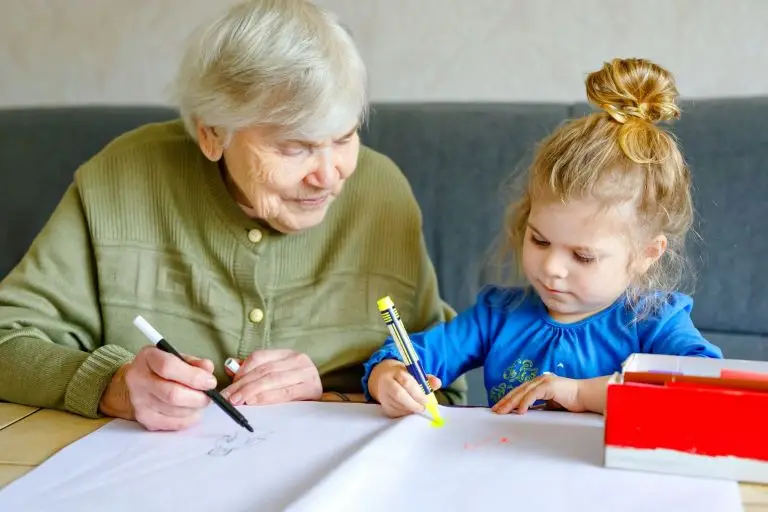Discover the transformative journey of learning mindfulness. Explore real-life examples, practical tips, and the profound benefits of mindfulness for reducing stress and enhancing well-being.
Many of us find ourselves feeling stressed, distracted, and overwhelmed. The constant buzz of notifications, deadlines, and responsibilities can make it seem impossible to slow down and truly experience the present moment. This is where learning mindfulness comes in—a practice that has the power to transform not just our daily lives, but also our overall well-being.
Mindfulness isn’t just about meditation or sitting in silence. It’s a way of living that can help us feel more in control, more at peace, and more connected with ourselves and the world around us. But how does one go from a life of constant mental chatter to a state of mindfulness?
Let’s explore the transformative journey of learning mindfulness and how it can positively impact different aspects of life.
Stage 1: Awareness – Recognising the Need for Mindfulness
The first step in any transformation is recognising the need for change. Many people come to mindfulness because they’re feeling overwhelmed, anxious, or burnt out. This was the case for Sarah, a 45-year-old marketing executive who found herself constantly stressed and exhausted.
Sarah’s days were packed with back-to-back meetings, tight deadlines, and never-ending emails. Even when she wasn’t working, her mind was racing—thinking about work, family, and all the things she had to do. Sleep was a struggle, and she often felt emotionally drained.
After reading about mindfulness in a magazine, she decided to give it a try. She started with just five minutes a day, sitting quietly and focusing on her breath. At first, it felt awkward and even frustrating—her mind kept wandering, and she questioned whether she was doing it right. But she stuck with it.
Stage 2: Practice – Developing the Habit of Mindfulness
The next phase is practice. Like any new skill, mindfulness takes time and consistency. Sarah set a reminder on her phone to take short mindfulness breaks throughout the day. She also began incorporating mindful breathing before stressful meetings and practised mindful eating—savouring each bite instead of rushing through meals.
As weeks passed, she noticed small but significant changes. She started responding to stress more calmly instead of reacting impulsively. She felt more present during conversations with her children, truly listening rather than thinking about her to-do list.
Another great example is James, a retired teacher who struggled with overthinking. His mind was often stuck in the past or worrying about the future. When he joined a local mindfulness class, he learned techniques like the body scan meditation, which helped him reconnect with the present moment. Through the daily practice of learning mindfulness, he found himself feeling more at ease, even during moments of uncertainty.
Stage 3: Integration – Bringing Mindfulness into Everyday Life
Once learning mindfulness becomes a habit, the next step is integrating it into daily life. This is when real transformation happens. Sarah noticed she was no longer just practising mindfulness during meditation but also in her daily activities—walking, washing the dishes, and even during difficult conversations.
One day, during a particularly tense meeting at work, she caught herself slipping into old patterns of stress and frustration. Instead of reacting, she took a deep breath, centred herself, and responded with clarity. This small shift made a huge difference in her work relationships and overall well-being.
Similarly, James started applying mindfulness when dealing with past regrets. Instead of getting lost in negative thoughts, he acknowledged them without judgment and gently brought himself back to the present. Over time, he felt lighter and more content.
Stage 4: Transformation – Experiencing the Deeper Benefits of Mindfulness
At this stage, learning mindfulness is no longer just a practice—it becomes a way of being. Sarah and James both experienced profound changes. Sarah felt more balanced, slept better, and enjoyed life more. James found himself feeling more accepting of life’s uncertainties and more connected to his surroundings.
Scientific research supports these experiences. Studies show that mindfulness can reduce anxiety, lower blood pressure, improve focus, and even increase overall happiness. The benefits extend beyond the mind and influence physical health as well.
Overcoming Common Challenges
While the journey of learning mindfulness is transformative, it’s not always easy. Many beginners struggle with restlessness, doubt, or the misconception that they must “clear their mind” completely. The key is to approach mindfulness with curiosity and patience.
Here are a few tips for overcoming common challenges:
- Start Small: Begin with just a few minutes a day. Even a short mindful pause can make a difference.
- Be Kind to Yourself: It’s normal for the mind to wander. The practice isn’t about stopping thoughts but about gently bringing your focus back.
- Find What Works for You: Mindfulness isn’t one-size-fits-all. Explore different techniques—guided meditations, mindful walking, or journaling—to find what resonates with you.
- Stay Consistent: Transformation takes time. Like any skill, mindfulness deepens with practice.
Conclusion: A Journey Worth Taking
The journey of learning mindfulness is one of the most rewarding transformations you can embark on. It teaches us to slow down, savour the present, and respond to life with greater clarity and calm. While the process requires patience and dedication, the benefits are life-changing.
Whether you’re just beginning or deep into your practice, remember that mindfulness is not about achieving perfection—it’s about cultivating awareness and presence in each moment. So, take a deep breath, be kind to yourself, and embrace the journey. You might just find that mindfulness transforms your life in ways you never imagined.
Extra Resources
Go here to learn more about my online Mindfulness Course.
Why not treat yourself to a mindfulness retreat in the beautiful Devon countryside?
This post may also interest you: Mindful Eating: How to Build a Healthy Relationship with Food
Best Wishes,
David.
© D. R. Durham, All rights reserved, 2025.



